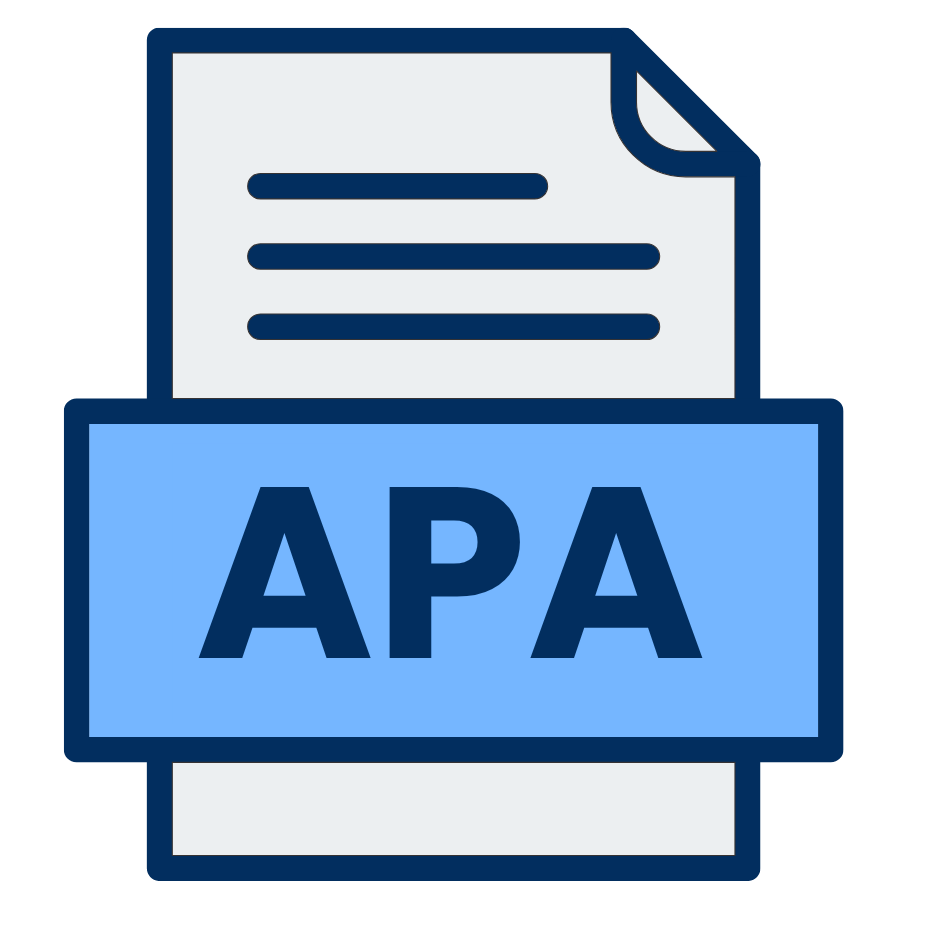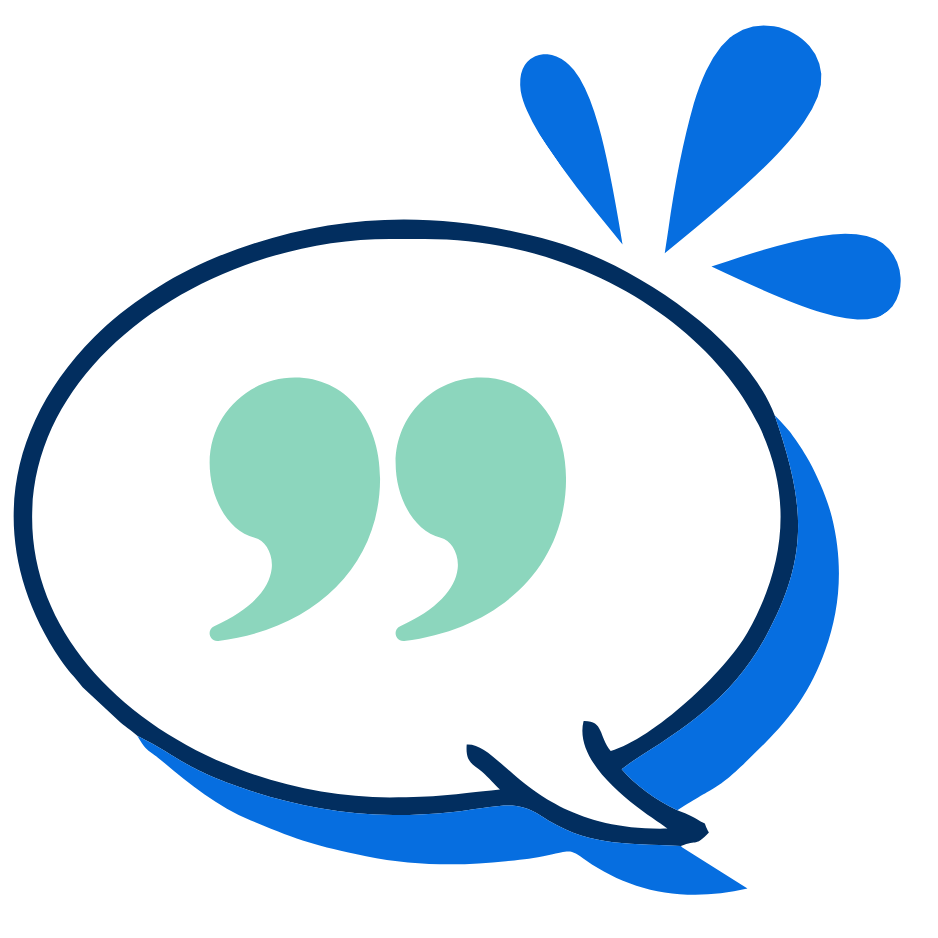APA Citation Generator updated with the seventh edition
Are you writing an academic paper and need to comply with APA standards? Our APA citation generator is designed to help you create accurate, organized, and up-to-date citations according to the 7th edition of APA style. You no longer have to worry about the order of elements, periods, commas, or italics. With our tool, you can generate your citations in seconds, 100% free of charge.
What are APA standards?
The APA (American Psychological Association) format is a citation system widely used in universities and academic institutions, especially in fields such as psychology, education, social sciences, and business administration. Its purpose is to standardize the way sources are cited and academic papers are presented.

What are the changes when citing in APA 7th edition?
With the 7th edition of the APA standards, published in 2019, significant changes were implemented. Some of the most relevant are:
Up to 20 authors can be included in a reference before using “et al.” (previously only up to 7 were allowed).
It is no longer necessary to indicate the place of publication in printed books (only the publisher is mentioned).
The phrase “Retrieved from” before a URL is removed, unless the retrieval date is necessary.
The titles of works in Spanish are written in italics and only the first word is capitalized, following the grammatical rules of Spanish.
The use of more inclusive language is accepted, such as using “people with disabilities” instead of “the disabled.”
Short quotations (less than 40 words) are enclosed in quotation marks and remain within the paragraph; long quotations (more than 40 words) are set off in a separate block, without quotation marks.
These updates facilitate academic writing in Spanish and prevent common errors that occur when using an older version. That is why it is essential to use a APA citation generator, 7th edition, that is aligned with these updated standards.


How does the free APA citation generator work?
Using our free APA citation generator is very easy. Just follow these three steps:
- Select the type of source (book, article, website, thesis, video, etc.)
- Fill in the fields with the basic information: author, title, year, publisher, URL, etc.
- Click on “Generate citation” and you will get the citation ready in APA format to copy and paste.
Ideal if you are in the middle of a project, rehearsal, or research and need speed and accuracy.

Why use an APA citation generator?
Creating your citations manually can be time-consuming, and even a minor error can affect your grade or academic credibility. With our APA citation generator, you get:
- Time savings in compiling bibliographies.
- Correct and updated citations according to the 7th edition.
- Avoid formatting errors when referencing APA citations.
- Accessible to students, teachers, and researchers.
- Compatible with multiple font types.

Examples of citations in APA 7th edition format
Here are some examples of Vancouver references according to the type of source:
Block quotation for more than 40 words:
According to Goleman (2021):
Emotional intelligence is not simply an individual trait, but a skill that can be developed with practice. People who learn to identify their emotions, regulate them, and understand those of others tend to have stronger relationships and success in their work environments. (p. 89)
APA reference, 7th edition:
Goleman, D. (2021). Emotional intelligence: why it is more important than IQ (3rd ed.). Kairós Publishing House.
Citation in quotation marks when fewer than 40 words:
According to López and Ramírez (2022), “academic anxiety increased significantly among university students during the pandemic” (p. 53).
APA reference, 7th edition:
López, M., & Ramírez, A. (2022). Academic anxiety in university students during the pandemic. Journal of Contemporary Psychology, 18(2), 45–60. https://doi.org/10.1234/rpc.v18n2.2022
Quote in quotation marks when fewer than 40 words:
“Mental health is a global priority and must be included at all levels of care” (World Health Organization, 2023, para. 2).
APA reference, 7th edition:
World Health Organization. (2023). Mental health in today's world.
https://www.who.int/es/news-room/fact-sheets/detail/mental-health-strengthening-our-response
Quote in quotation marks when fewer than 40 words:
Pérez (2020) stated that “teleworking has mixed effects on productivity depending on the worker's profile” (p. 67).
APA reference, 7th edition:
Pérez, L. F. (2020). Effects of teleworking on productivity in the Colombian financial sector [Master's thesis, University of the Andes]. Uniandes Institutional Repository. https://repositorio.uniandes.edu.co/handle/1992/4820
Other Uses of Correcto
Paraphraser
With Correcto’s paraphrasing tool you can give your texts a unique touch. Control the tone and style you need for every moment of your day.
AI Detector
Ensure your texts sound human and not like artificial intelligence with Correcto’s AI detector. Use it on all your texts so they are always perfect.
Translator
Translate all your texts with the Correcto translator. It is available in more than 50 languages and translates everything from a simple sentence to a complete text.
Grammar checker
Review and perfect all your texts. With Correcto’s spell checker you can check the spelling, grammar, and even punctuation of all your writing.
Character counter
With Correcto’s character counter, you can find out how many characters and words a text has. Ideal for when you have a limit when writing.
Find the best synonym
With Correcto’s synonym tool, you’ll stop sounding like a broken record. You can ask us to give you synonyms for nouns, adjectives, and verbs.
Plagiarism detector
Check the percentage of plagiarism in your texts with Correcto’s plagiarism detector. You can use it for academic work, professional reports, or any text you need to review.
Text summarizer
Try Correcto’s text summarizer and extract the main ideas from any text while maintaining its originality. It will help you process information more quickly and effectively.
Transcribe audio to text
Looking for a tool to transcribe audio to text? With Correcto, you can convert .mp3, .wav, .m4a, and other files. Transcribe recordings, classes, and even podcasts.
Transcribe video to text
To transcribe a video to text, all you need is Correcto. Transcribe any video, even from YouTube, automatically and online. It will be ready in two minutes.
Text humanizer
Have you used a lot of AI in your latest work? With Correcto, you can humanize your texts and reduce the percentage of AI. You can find out the percentage of AI with our AI detector.
Quote generator: Vancouver
Our tool allows you to automatically generate citations in Vancouver format. In just a few minutes, you will have your complete bibliography in Vancouver format thanks to Correcto.
Word changer
To write high-quality, coherent text without repetition, we recommend our word changer tool. You can rewrite texts and words online in a natural way.
Plagiarism Detector FAQs
Yes. Our generator is designed to create citations in APA format for books, articles, theses, web pages, laws, reports, and more, in accordance with the 7th edition.
The APA style is a set of rules created by the American Psychological Association to standardize the presentation of academic and scientific papers. It is used to cite sources, format documents, and avoid plagiarism in fields such as psychology, education, social sciences, business, and communication.
The current version is the 7th edition of the APA standards., published in October 2019. This edition includes changes to the reference format, number of authors, electronic citations, and use of inclusive language, in both English and Spanish.
A book reference in APA format should include: the author's last name, first initial, year of publication, title in italics (with only the first word capitalized), and the publisher.
Example:
Pérez, M. (2020). Emotional education for teachers. Magisterio Publishing House.
In the list of references, you can include up to 20 authors. before using “et al.” All should be separated by commas, and the last one is joined with “&.”
In citations within the text:
- If the work has one or two authors, both last names are mentioned in each citation.
Example: (Gómez & Ruiz, 2021) - If the work has three or more authors, only the last name of the first author is mentioned, followed by “et al.” from the first citation onwards.
Example: (Martínez et al., 2020)
If you wish to cite several different sources at the same time, you must list them alphabetically by the last name of the first author and separate them with semicolons.
A citation is a brief mention within the text (e.g., Pérez, 2022), and a reference is the complete entry at the end of the document with all the bibliographic details of the source used.
It depends on the type of appointment:
- Short quotations (less than 40 words) are enclosed in quotation marks.
- Long quotations (more than 40 words) are written as a block, without quotation marks and indented.
The author (or institution), date, title of the content in italics, and URL must be included. The text “Retrieved from” is not necessary.
Example:
Ministry of Health. (2023). Guide to dengue prevention. https://www.minsalud.gov.co/guias/dengue
